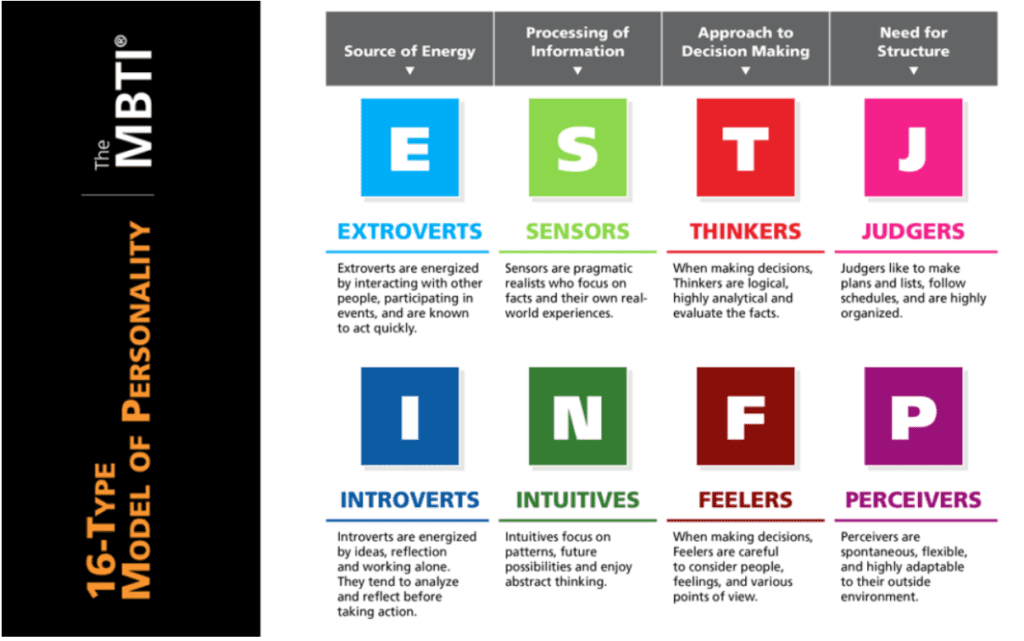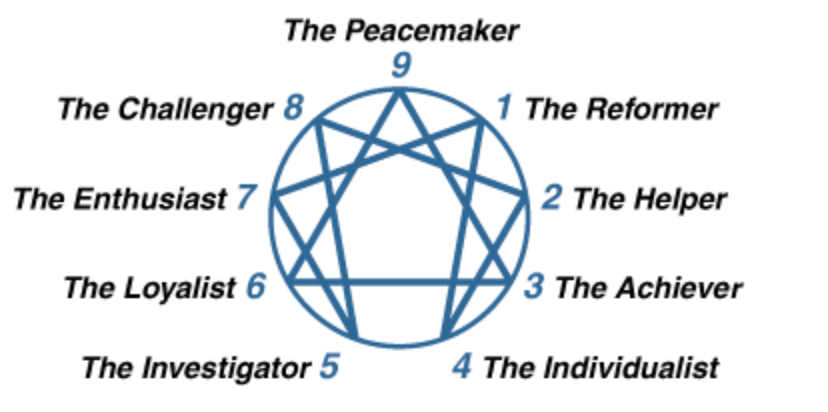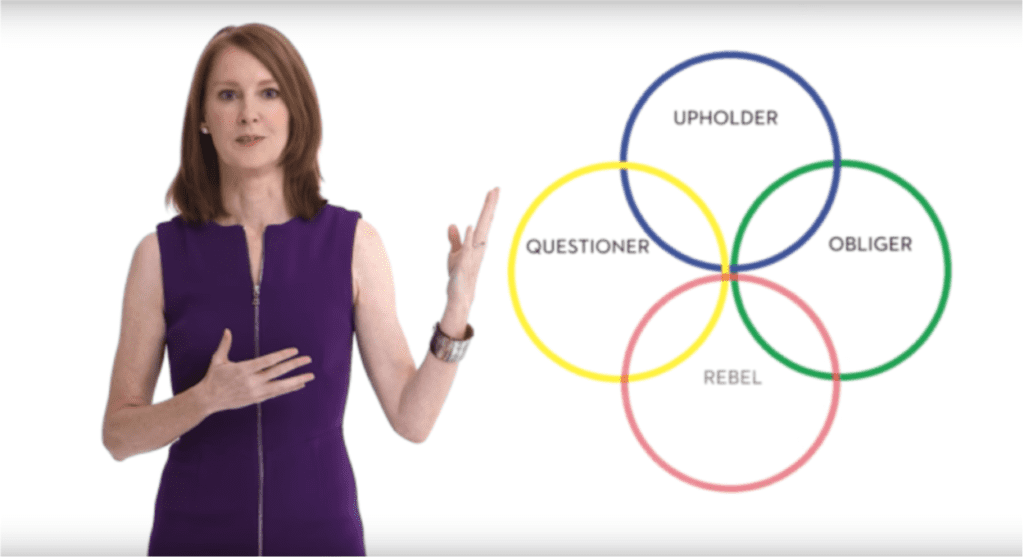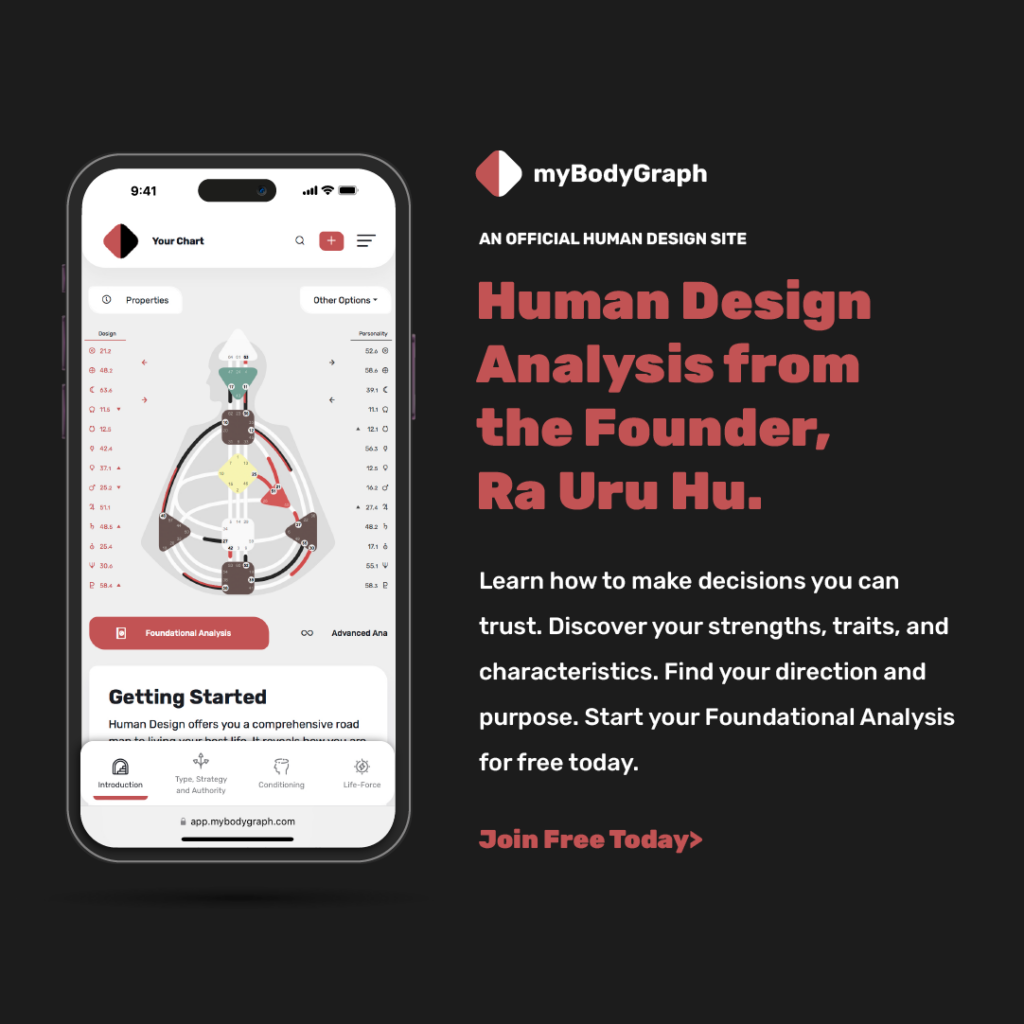Why is this not the name of a course in high school or college?
This topic is up there with How to Build a Credit Score that Won’t Make You Hate Yourself and How to Speak to Anyone, Ever, Who Handles the Food You’ll Be Eating.
In other words, wayyyy more important topics than Calculus in the Fourth Dimension, a required class in my college experience that drove me to change majors.
(My brain responds to Calculus in the Fourth Dimension by asking: isn’t the fourth dimension time? And then it promptly explodes).
The fact that the topic of how to be happy in life is not given more credence as something everyone needs is why those of us who devote ourselves to finding the answer often feel self-indulgent and foolish.
Some people devote their lives to finding the cure for cancer and saving starving babies. Who am I to spend an inordinate amount of my time trying to feel constantly hopped up on dopamine?
But it is important, is it not? At a fundamental level, happiness begets happiness. Meaning that if I go around all day glowing with pleasure, that rubs off on everyone I interact with. Happy parents have a better chance of raising happy children. To truly enjoy your life means feeling grateful no matter where you’re currently sitting.
In other words, whether you’re rich or poor, living in your dream home or an overpriced apartment, working a job you love or don’t, knowing how to be happy in life is going to give you an extreme advantage over the next guy.
A Simple Formula For Happiness
You probably already know whether you’re a happy person in general. What you may not know is how to define the difference between where you are and where you want to be.
I recently did a podcast interview with Steve Fredlund where we deep-dive into this subject. Steve has made a career speaking to executives on the exact topic of how to be happy in life. He’s found that far too many CEOs find themselves waking up one day in midlife and thinking: this is not my beautiful life!
Steve explained that the key to happiness lies in aligning your current reality with your desired reality. So, if you’re feeling positive about some aspect of your life, it’s because things are the way you want them to be. Which makes sense, right?
Where it gets tricky is figuring out what’s going on in your life that’s not lined up with the way you want it to be. It’s not always easy to determine what we want instead.
We may know beyond a shadow of a doubt that we don’t want X, but defining what Y is—aka the thing that will make us happy—is easier said than done. And because there’s no blue pill that solves how to be happy in life, knowing what the trigger points are for yourself—which elements that, when combined in just such a way, will create the life you long for—can feel super elusive.
Know Thyself
The secret, Steve revealed, is to get super clear on who you are. You must know who you are at your core, and then make intentional choices that align with that identity.
And lucky for you, this doesn’t require years of therapy or hours spent spilling your guts into the pages of half a dozen journals.
Personality tests, my friend.
These are the secret sauce. Depending on what traits you’re looking to uncover, from the strengths you bring to the workplace to what sorts of expectations you respond best to, there is a test out there designed to help you get to know yourself at a more intimate level.
So you can design a life around what you’re best at and what you love most.
Here is a list of my favorite tests and what you will learn about yourself when you take them.

Myers-Briggs
This personality test is based on Carl Jung’s theory of psychological types. It explores basic differences in the ways we use our perception and judgment. Perception means the ways we become aware of things, people, happenings or ideas. Judgment involves all the ways we come to conclusions about what we perceive. If we differ in what we perceive and in how we reach conclusions, then it is only reasonable that we differ in our interests, reactions, values, motivations and skills.
This test will help you determine your favorite world – the outer world (denoted by extroversion (E)) or the inner world (denoted by introversion (I)). It will assess whether you prefer to focus on the basic information you take in (sensing (S)) or whether you prefer to interpret and add meaning (intuition (N)). When it comes to making decisions, do you prefer to first look at logic and consistency (thinking (T)) or first look at the people and special circumstances (feeling (F))? And finally, in dealing with the outside world, do you prefer to decide things (judging (J)) or to stay open to new information and options (perceiving (P))?
What’s cool about this test, besides the fact that you can take it for free, is that it offers a slew of job descriptions that are perfectly suited to your specific personality type. And finding work that aligns with your natural tendencies is an essential component of how to be happy in life.
Enneagram
The Enneagram describes people in terms of nine types, each with its own motivations, fears and internal dynamics. This test will reveal an understanding of yourself from an emotional standpoint—honing in on what drives you based on that particular emotion.
The nine types of the Enneagram are divided into three additional types.

Heart types depend on their emotional intelligence to understand their own reactions and connect with others. Head types depend on their intellectual intelligence to make sense of things and navigate the world around them. Body types depend on their instinctual intelligence to follow their “gut” and respond to threats and opportunities.
Some sites charge for the test, but this site offers it for free and provides a thorough explanation of your results with the option to purchase a more in-depth analysis.
The Love Language Quiz

Gary Chapman, PhD, author of The 5 Love Languages, identified five fundamental categories of how humans express love to one another. I took this one recently and found it super fascinating to see where the disconnect is in how I feel appreciated (or don’t) by my loved ones. If you are in a relationship, having this information about yourself and your partner is a must.
You can take the Love Language Quiz for free—and I think you’ll agree that speaking to your partner in each other’s love language directly correlates with how to be happier in life.
Human Design
I was resistant to this one at first because the last thing I needed was a new rabbit hole to go down. But once I bit the bullet and pulled my free chart, I was amazed by how much the results describe me to a tee.
Human Design is a system that combines the principles of the I Ching, astrology, Kabbalah, the Hindu-Brahmin chakra system and quantum physics. You calculate your Human Design Chart using your birth date, time and place to reveal your genetic design.
Human Design shows you where and how to access your body’s consciousness as a decision-making tool. Your results will offer you a guide to living in a manner that is in sync with who you are. When we live in alignment with our true nature, we begin to experience a level of comfort and self-acceptance—instead of chasing who we are not—so we’re able to live out our real purpose in the world.
We live in an age of information overload, and it can be a challenge to know how to move through the world. Knowing our human design can prevent us from using our energy for the wrong things and give us a direct bead on how to be happy in life.
The Four Tendencies
One of life’s great challenges is how to get people—including ourselves—to do what we want. The Four Tendencies framework makes this task much easier by revealing whether a person is one of four different personality types.

We all face two kinds of expectations—outer expectations (meet work deadlines, answer a request from a friend) and inner expectations (keep a New Year’s resolution, start meditating). Our response to expectations determines our tendency and reveals exciting insight into ourselves. Better yet, knowing the tendencies of the people with whom you interact regularly can help you learn how to better communicate, reduce conflict and make significant, lasting change.
This quiz is one of the shortest on the list, but it is super potent in terms of the knowledge you will gain about how to be a more effective human.

High 5 Test (StrengthsFinder alternative)
The CliftonStrengths assessment—formerly StrengthsFinder—is a heavy hitter, with the full shebang costing $49 and taking one hour to complete. This test will reveal what you naturally do best and help you learn how to develop your greatest talents into strengths. You can then use your results to maximize your potential.
Studies show that focusing on using your strengths instead of fixing your weaknesses has a significant positive effect on physical, mental and social well-being. In other words, strengths help you live longer, feel happier and build better relationships.
Lucky for us, there is a free alternative to StrengthsFinder called the High 5 Test. This one takes about 20 minutes and will reveal your top five strengths.

Sparketype
Sparketype™ is fairly new to the scene and tests the essential nature of work that fills you with meaning and lets you feel alive with purpose and absorbed in flow—aka “sparked.” Your Sparketype serves as one of the single biggest clues in your quest to figure out what to do with what the poet, Mary Oliver, called your “one wild and precious life.”
When you discover and tap your Sparketype, you understand yourself and what fills you up and empties you out on an entirely different level. You are better equipped to find jobs, companies, and projects and craft a career that energizes and inspires you. If your current work isn’t doing it for you, this test will help you understand why and then redesign your life to give you more of what you need.
The Sparketype assessment is free and will reveal your primary Sparketype (the essential nature of the work you’re here to do). It will also reveal your Shadow Sparketype, which is a call you may feel nearly as strongly as your primary type. Lastly, it will tell you your anti-sparketype, which is the type of work that feels like it takes the most effort and requires the greatest amount of recovery.
This page may contain affiliate links. Any sales made through this link will reward me a small commission—at no extra cost to you. See the affiliate disclosure here.

